created: 12-07-2020.
revised: 07-12-2024.
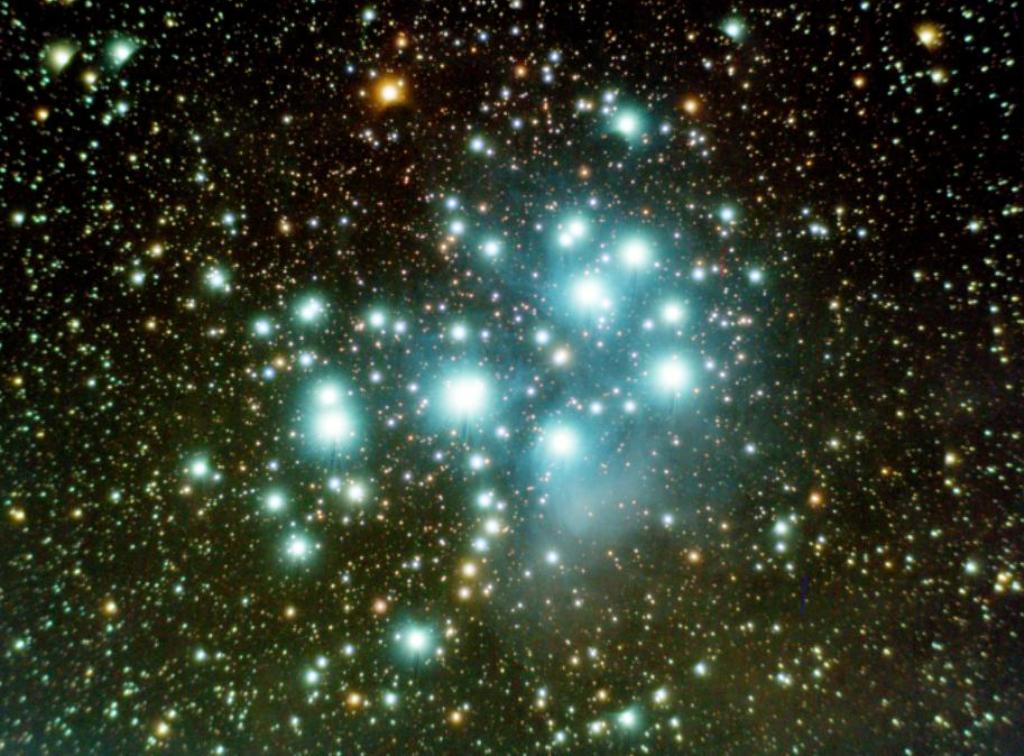
"M45 - Pleaides"
"Wide Field Objects",,,,,,, what are they???
These are objects that are generally large scale deep-sky objects suitable to image or visually observe using small telescopes, Asterisms, Star Clusters, Large Galaxies, and Nebula!
Star Clusters and Asterisms are generally easy to find and observe, and are less affected by light pollution.
Compared to deep sky objects such as galaxies or nebula, they can be quite bright, even under moonlight conditions.
Most galaxies and nebula will require a dark sky visually, or some type of imaging setup, and perhaps LP or narrowband filters.
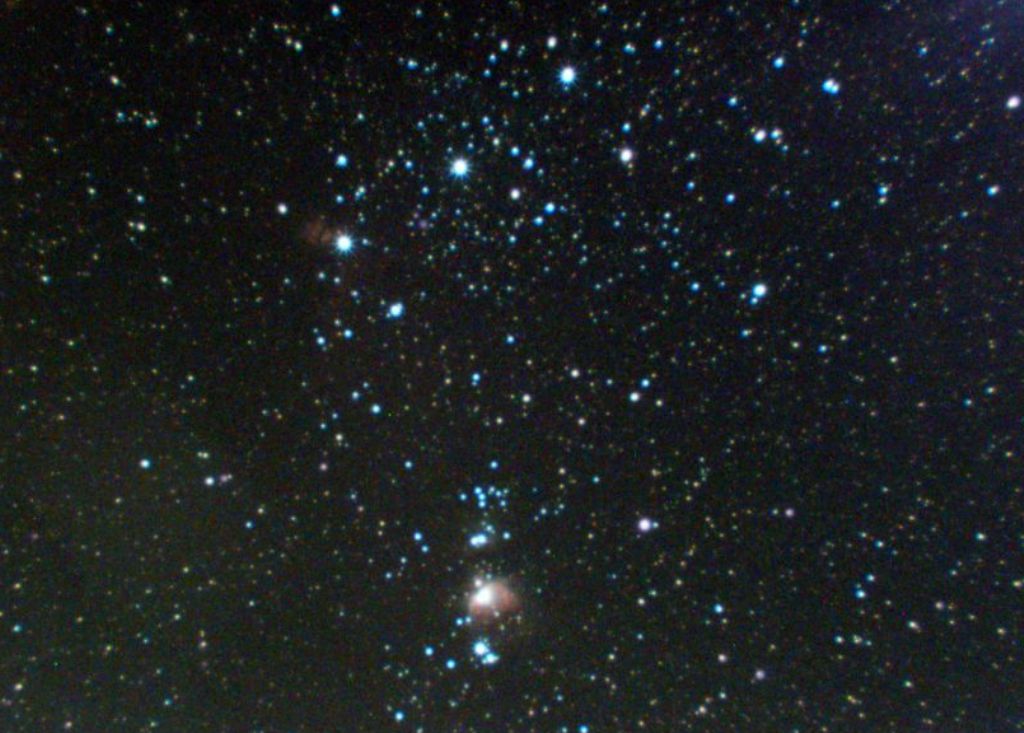
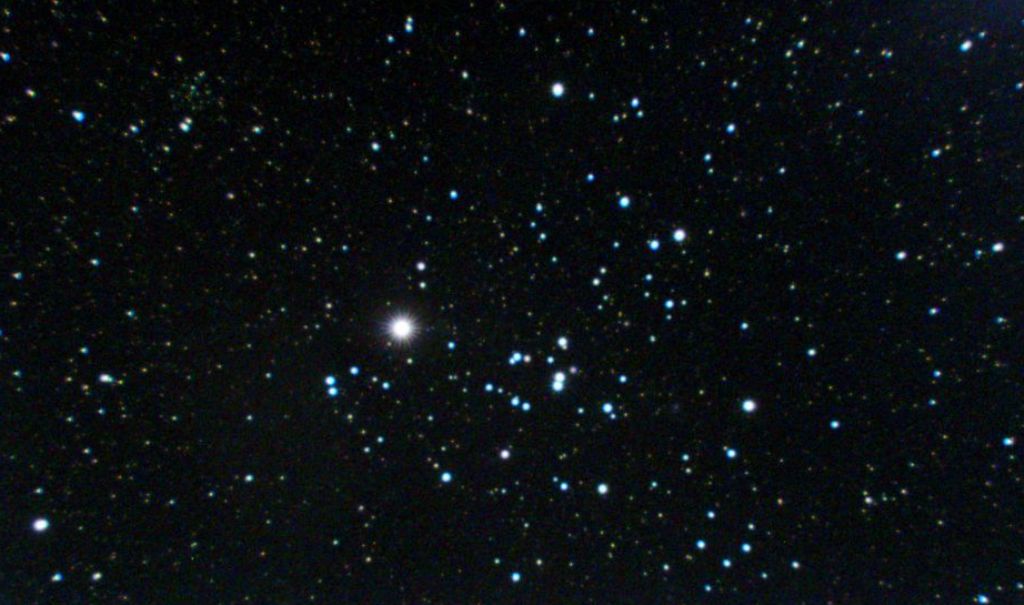
"Orion's Belt & Sword" "Hyades"

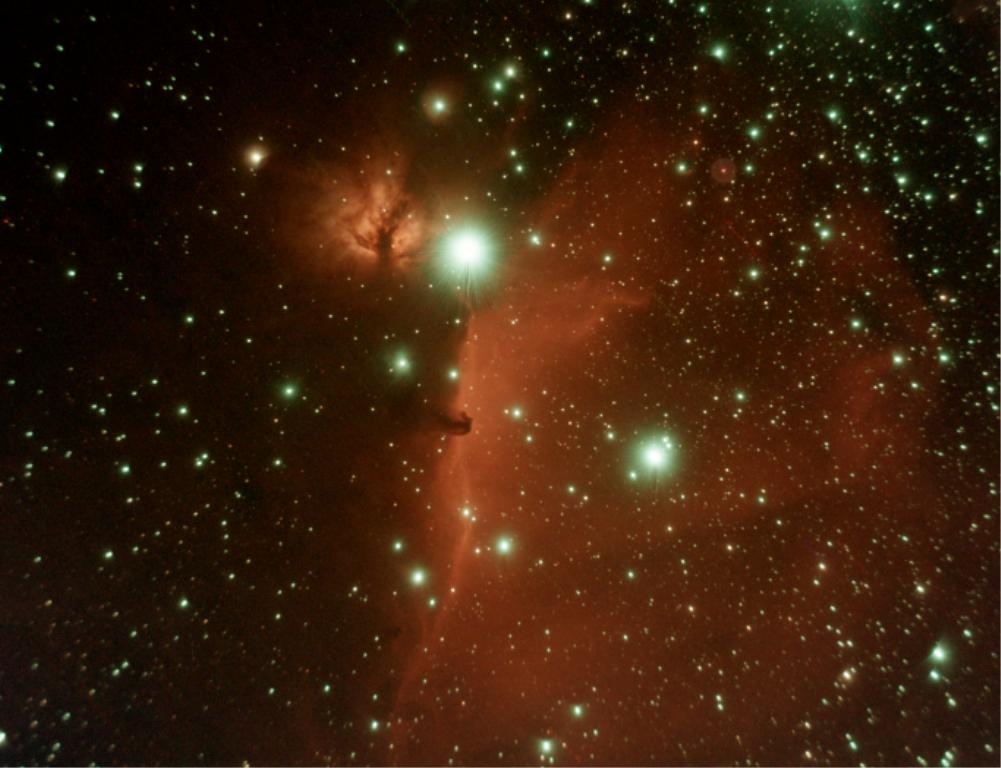
"M31 - Andromeda Galaxy" "The HorseHead & Flame Nebula"
The amateur astronomer will find most of these objects listed in star atlases and observing guides.


The list started-off based on my experience and suggestions from other Kiski Astronomers and ORAS club members,
but I've since added entries drawn from Sky&Tel's "Pocket Sky Atlas", and "Binocular Highlights" booklets, along with the "Night Skies - Observers Guide" by George Kepple & Glen Sanner, and a few other books.
I've sorted the objects by season, (Spring Summer, Fall, Winter). To make the list dual usable by both imagers and visual observers,
I tweaked the "Camera" and "ROI" columns to include eyepiece "(EP)" and magnification (Mag-X)".
For imagers, the "G" column is for guiding, the "D" & "F" are for darks & flats. Just check the box if you are doing these.
Here's the List as a download PDF that you can print:
Wide-Field Objects List!
On the left side of the webpage is my personal observation list. Click the link to see the image.
The equipment that I used to make my wide-field observations consist of an old Canon '25mm - 100mm' zoom lens for C-mount video cameras that I've attached a ZWO ASI290MC color camera,
and my Arcturus 60mm f4 (240mm focal length) refractor that I normally use as a guidescope, piggybacked on the Canon zoom lens.
Attached to it is my ZWO ASI294MC color camera with a ZWO filter drawer, (with additional filter holders), and a 2" ZWO IR/UV cut filter, along with a 2" Optolong L-Pro light-pollution filter and my Optolong 2" L-eNhance narrowband filter.
This now gives me a complete interchangeable 2" filter set that covers planetary, (IR/UV), starclusters & galaxies (L-Pro), and emission nebula (L-eNhance).
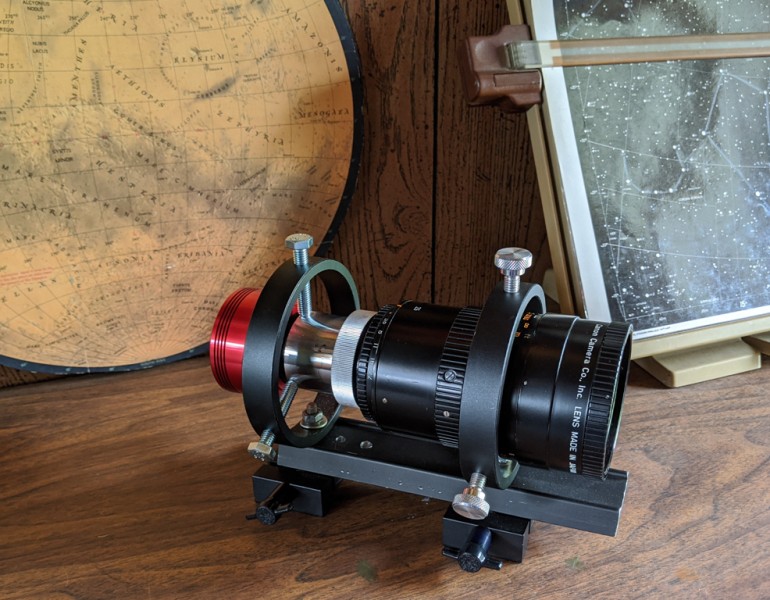
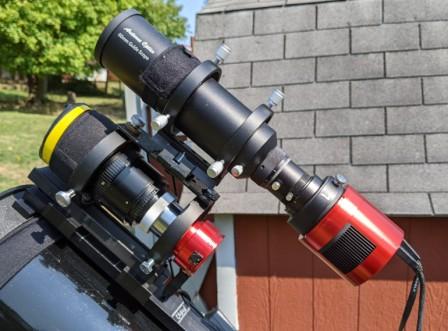
Normally, the optical pair rides piggybacked on my Atlas Gem mount & 8" SCT optical tube,
but the setup is portable and can be mounted on other telescopes with dovetail-rails such as the ORAS 14"LX200 SCT.
I also can attach the setup to my SkyWatcher "Star-Adventurer" mount. The mount is really meant for DSLR cameras, so my kit is a little heavy for it.
Took a bit of counter-weighting to get the mount balanced in RA, (even resorting to several heavy magnets), but with a good polar-alignment the mount tracks nicely.
And I can use the ST4 guide-port and the Canon Zoom with PHD to guide!



In December of 2022, I replaced the Canon '25mm - 100mm' zoom lens with a Skywatcher EVO-Guide 50mm ED refractor (f4.8 - 242 mm focal length).
My plan is to use it as a standalone scope on my little Skywatcher StarAdventurer mount for solar eclipse imaging, and as a wide-field EAA obseving scope with my main ZWO camera and filterwheel.



Besides the objects listed, there are many more accessable to the amateur astronomer with even only modest visual or imaging telescope equipment.
I'll leave it up to the observer to dig them out!
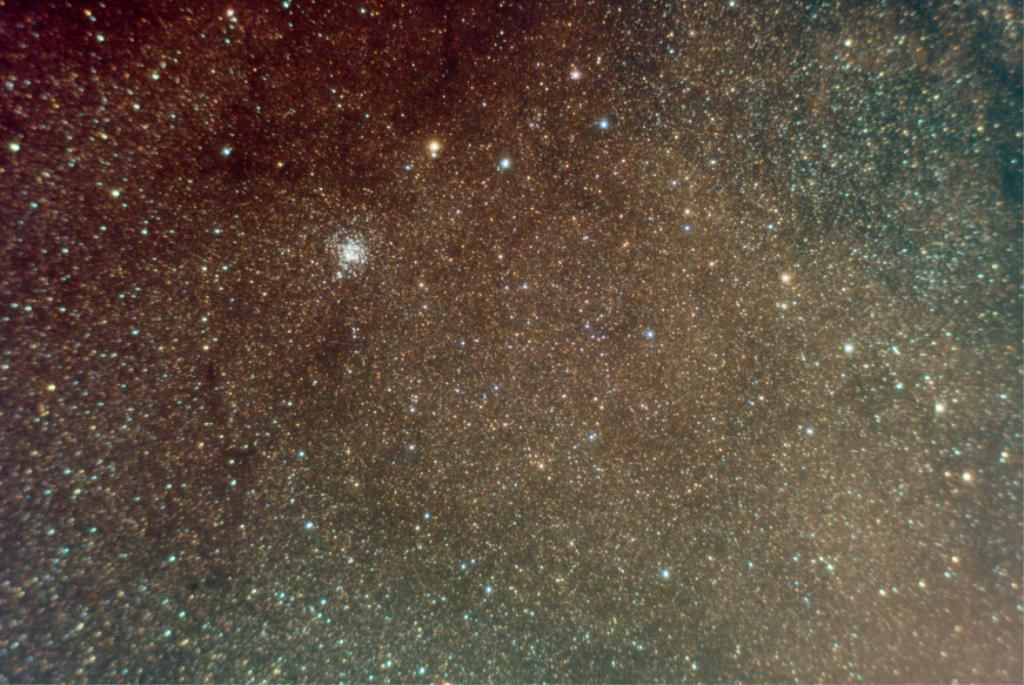
"M11 - Wild Duck Cluster"
Hope you enjoyed the visit. Come again soon!
Larry McHenry, Pittsburgh, PA. USA
Astronomical Webportal:
















